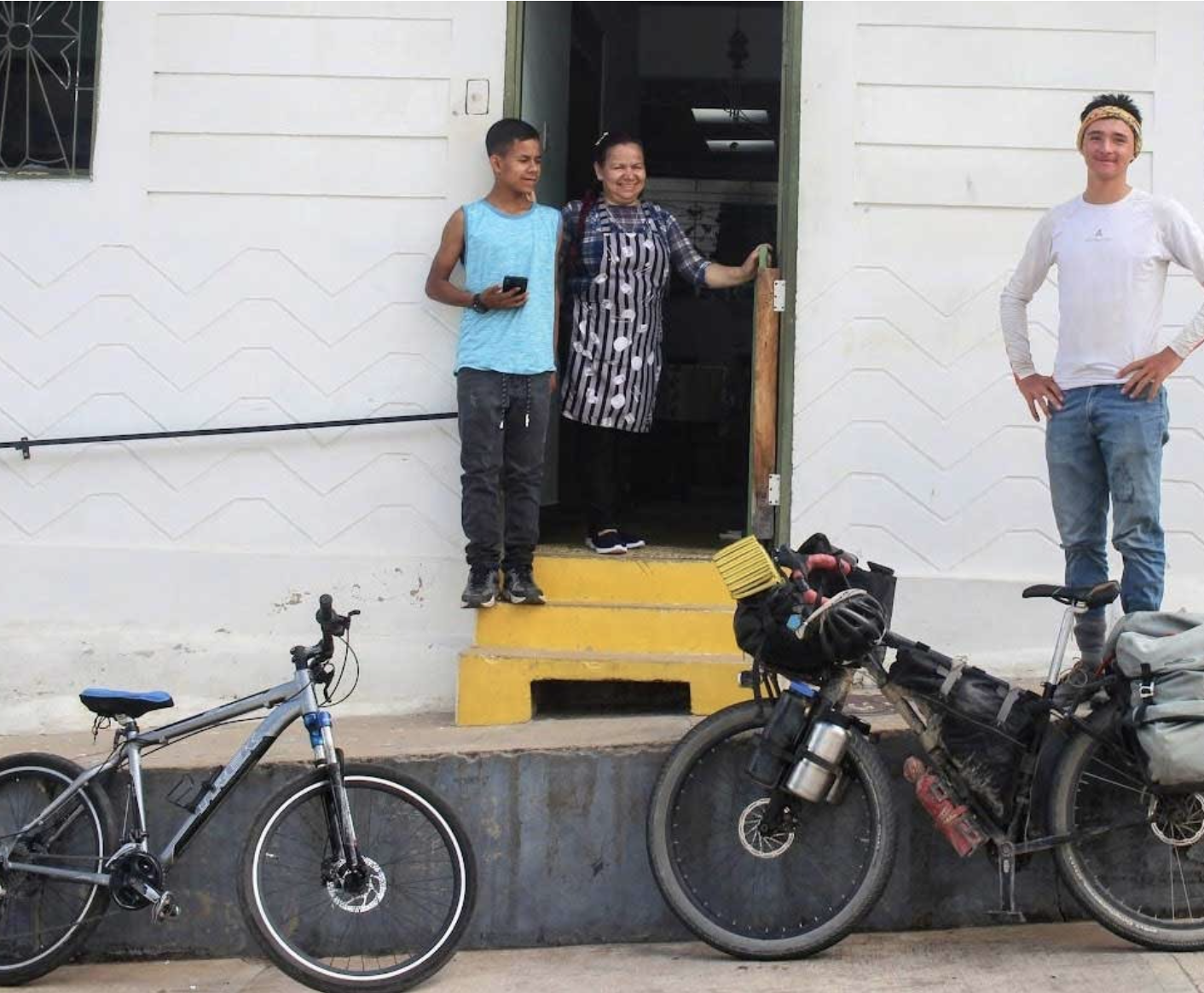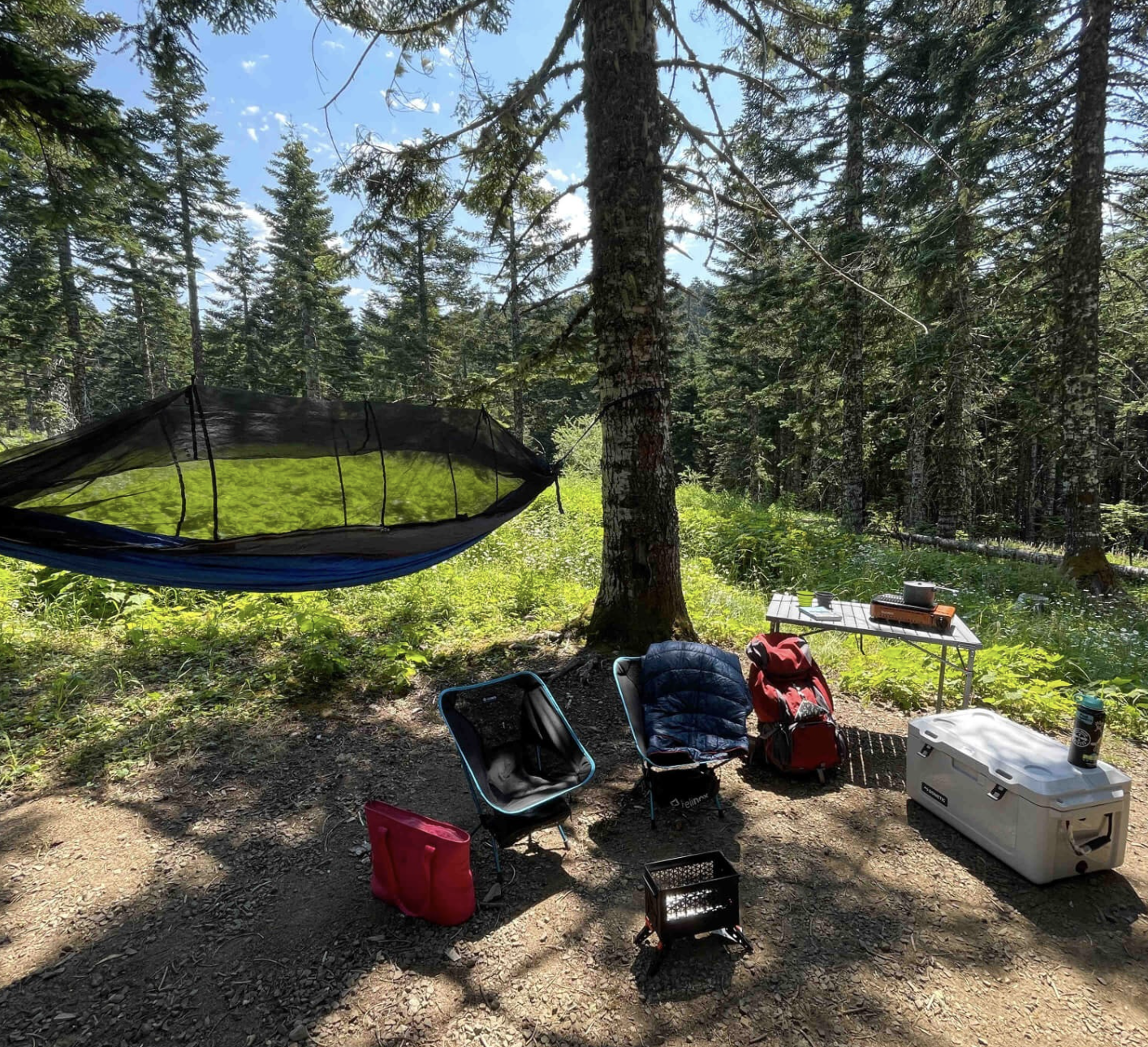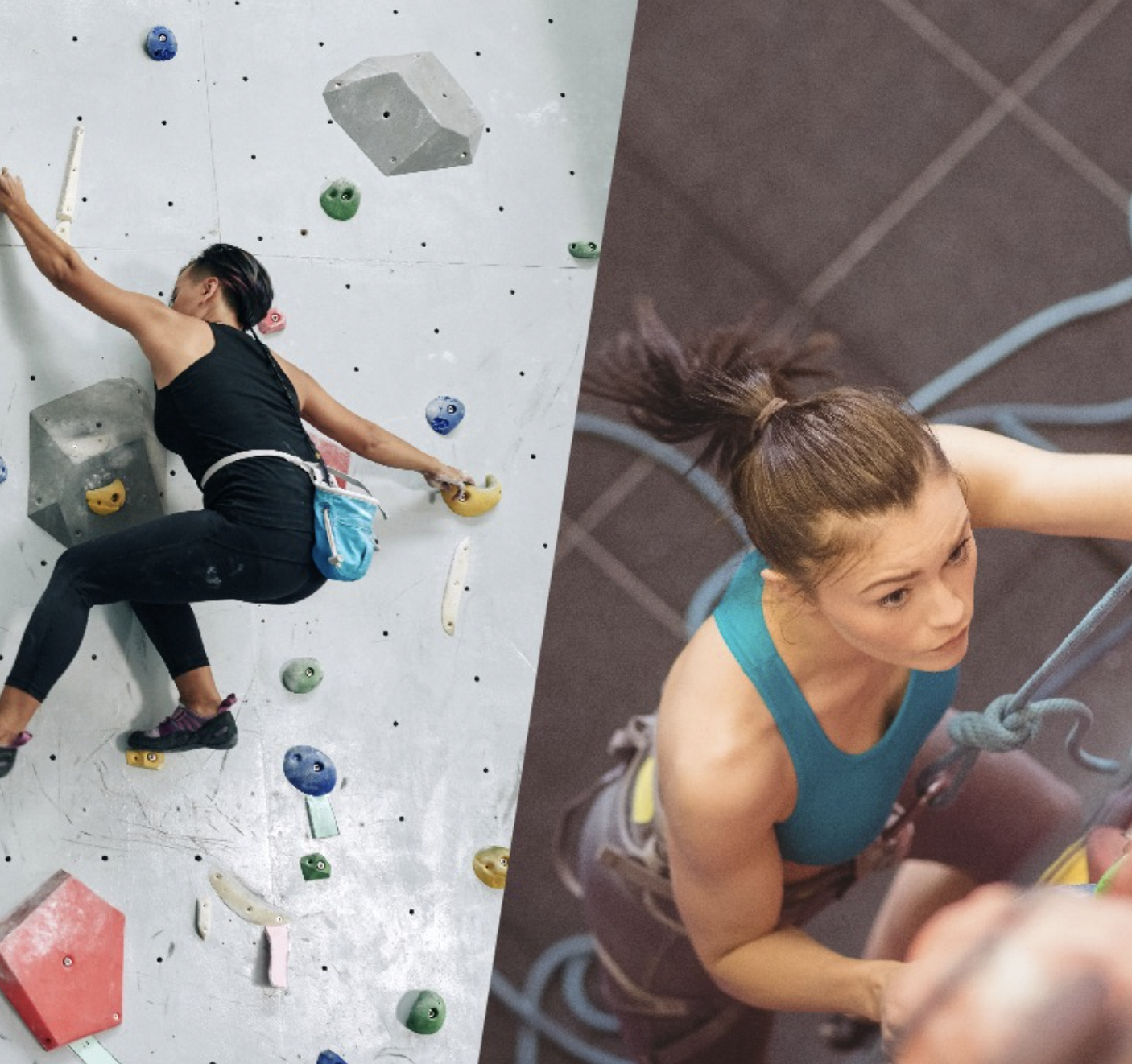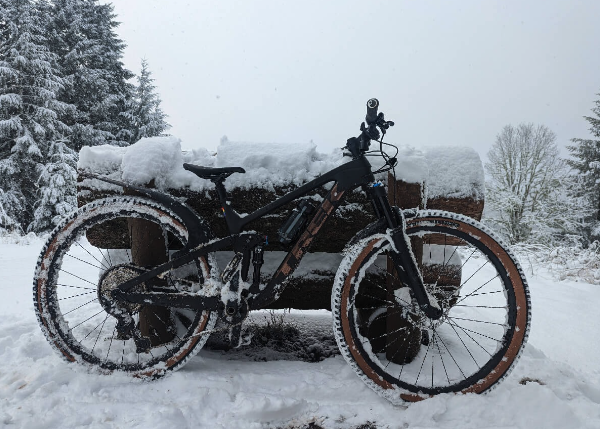Blogs
Climb on! Rock Climbing Basics
Rock climbing is a great way to get a fantastic workout, improve grip strength and flexibility, and develop your problem-solving skills. As added bonuses, it doesn’t require a ton of gear to get started and can be a great way to develop your relationships with your partner and friends. In this guide, we’ll look at beginner-friendly rock-climbing styles, the equipment you’ll need to jump-start your rock-climbing journey, and a few places to visit for your first excursions.

Rock-Climbing Styles
If you’re interested in trying rock climbing, the two most approachable styles are bouldering and top-roping. These methods are beginner friendly, require minimal gear, and pose fewer risks than other varieties.
Bouldering
Bouldering is a style of climbing that sets climbers against short ascents of about 12-16 vertical feet. Bouldering can be done both indoors at specialty gyms using artificial rock faces or outdoors on natural rock. Climbing routes are often graded on a V-scale, where a higher number indicates a higher level of difficulty. A V1 route is more challenging than a V0 route, and so on. Easier routes will feature larger handholds that are more intuitive to access and require less strength and flexibility. Because bouldering routes don’t require extreme ascents, the only safety gear required is a large foam crashpad for outdoor climbs. Indoor climbing gyms will feature soft, squishy flooring throughout climbing areas to make for soft landings should you slip off the wall.
Top-Rope
Top-rope climbing is another style that is beginner friendly while still allowing for taller climbs. In top-rope climbing, a rope attached to your harness runs up through a top anchor and back down to someone on the ground. That person is called the belayer, and they’re responsible for taking in the slack rope as you climb and locking the rope in a belay device to stop unexpected falls (and lower you to the ground once you reach the top of the climb). Though top-rope climbing requires some additional gear, it doesn’t require tons of additional training and offers a more controlled climbing experience for beginners.
Gear Essentials: Bouldering
If you’re interested in bouldering, the only gear you need outside of clothing you can move freely in is a pair of climbing shoes and a chalk bag, both of which can often be rented from indoor climbing gyms. Climbing shoes fit snugly on your foot and feature a grippy rubber sole that wraps around your toes and heel to provide traction on smaller holds. Chalk is carried in a chalk bag you strap to your waist for easy access mid-climb. Though not technically required to climb, chalk greatly improves your gripping power by offering increased friction and absorbing sweat. If you’re bouldering outside, you’ll also need a crash pad. Crash pads are thick foam pads with straps for easy carrying. They often fold to make their size more manageable when carrying them on trail to your climbing destination.


Gear Essentials: Top-Rope
For top-rope climbing, you’ll also need a harness, locking carabiner, rope (if you’re climbing outside), a belay device, a climbing partner, and potentially a helmet. Harnesses come in a wide range of sizes, and can be adjusted for a snug fit around your waist and thighs. Harnesses come equipped with various anchor points to carry gear like carabiners, additional rope, and other climbing accessories.
If you’re climbing indoors, rope will be provided for you, but for outdoor climbing, you’ll need to bring your own. Forty meters is plenty of rope for beginners since your ascents typically won’t reach heights requiring more length.
Belay devices come in a few different shapes and sizes, but they’re typically made of machined aluminum that attaches to the belayer’s harness via a locking carabiner. One type of belay device, called a GRIGRI, features a cam mechanism that automatically catches the rope during unexpected falls and makes for an easier time lowering the climber when they’re ready to descend. These are highly recommended for outdoor climbing. Tubular belay devices also help a belayer arrest a fall and lower climbers, but unlike a GRIGRI, they don’t automatically engage during unexpected falls.
If you’ll be climbing outdoors in a less-developed area where you run the risk of loose rocks falling on you, a climbing helmet offers excellent protection without adding much weight.
Lastly, you’ll need a climbing partner so there’s someone on the ground to belay for you. A belayer’s job is to carefully watch the climber so they can take in slack rope, prevent falls, and eventually lower their climbing partner to the ground. A basic training course is highly recommended as it will teach you the required terminology, knots, gear, and safety essentials for climbing and belaying.

Places to Get Started
If you’re looking to dip a toe into the sport of rock climbing, you have several beginner-friendly locations to jumpstart your journey. In Corvallis, Valley Rock Gym offers a terrific variety of indoor bouldering as well as a handful of 22-foot top rope routes in their upstairs youth room. With day-use passes, punch cards, and rental equipment, you can give climbing a shot without too much upfront cost. And if you get bit by the climbing bug, they also offer monthly memberships. Two other options are available to both Oregon State University students and the general public at OSU’s Dixon Recreation Center and McAlexander Field House. These facilities offer both bouldering and top-rope options which are free for students (including rentals), and are open to the general public with the purchase of a membership.
If you’d rather take your climbing outside, you can find a wide variety of bouldering routes at the Garden near Foster Lake Reservoir. Located just outside Sweet Home, the giant boulders found here make for a range of climbing options for both beginners and more advanced climbers.
Have More Questions?
Stop by the Peak Sports Outdoor Store, and one of our friendly sales guides will be happy to show you our range of available climbing gear, offer suggestions to get you started, and point you in the direction of awesome local climbing options!







